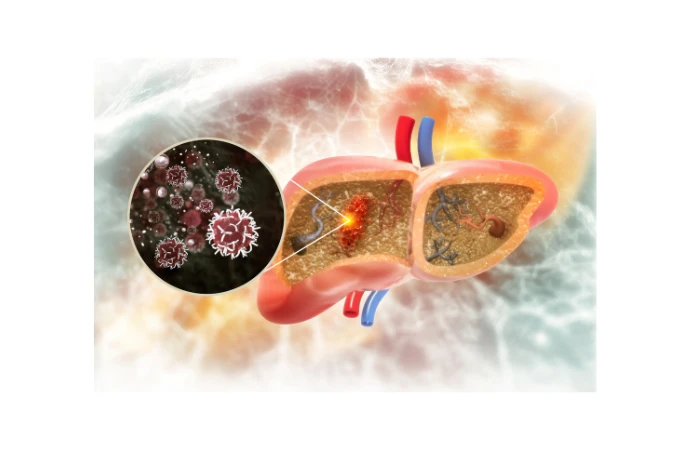A cutting-edge deep learning (DL) model has shown significant promise in enhancing the prediction of proliferative hepatocellular carcinoma (HCC), surpassing traditional clinical and radiological indicators. This breakthrough comes from a recent study published in Academic Radiology, highlighting the potential of DL models in transforming the diagnostic landscape of HCC.
Study Design and Methodology
The retrospective study involved 353 HCC patients, divided into three groups: a training set of 251 patients, an internal test set of 62 patients, and an external validation set of 42 patients. Researchers focused on leveraging dynamic contrast-enhanced magnetic resonance imaging (DCE-MRI) features, arterial phase hyperenhancement (APHE), hepatitis B virus (HBV) status, and alpha-fetoprotein (AFP) levels to develop the DL model.
Validation Results and Predictive Accuracy
In the external validation phase, the DL model demonstrated a substantial improvement in predictive accuracy. The model achieved an area under the curve (AUC) of 82.8%, compared to 62.8% for clinical factors alone and 65.2% for radiological factors alone. Moreover, it showed a sensitivity of 100%, significantly higher than the 66.7% sensitivity of clinical and radiological factors. The DL model also had a negative predictive value (NPV) greater than 10% higher than that of clinical and radiological factors alone, with values of 100% versus 88.5% and 87.5%, respectively.
Early Recurrence Prediction Post-Surgery
A key aspect of the study was analysing early HCC recurrence post-hepatic resection in 128 patients. Findings revealed that patients with proliferative HCC had a nearly 20% higher early recurrence rate at two years compared to those with non-proliferative HCC, with rates of 56% versus 36.1%. Dr. Hui Qu, affiliated with the College of Medicine and Biological Information Engineering at Northeastern University in Shenyang, China, and colleagues noted that the DL-based model, when augmented with clinical features, offered optimal predictive performance for early recurrence, aligning closely with histological assessments.
Superiority of the DL Model in Predictive Performance
The study demonstrates that the DL model significantly outperformed clinical and radiological factors in predicting proliferative HCC. It showed a 20% higher AUC than clinical factors and a 17% higher AUC than radiological factors. The model's 100% sensitivity starkly contrasts with the 66.7% sensitivity of clinical and radiological factors alone. Additionally, the DL model demonstrated strong performance in predicting early HCC recurrence, aligning well with histological data. Proliferative HCC patients had a higher early recurrence rate of 56% compared to non-proliferative HCC patients at 36.1%.
Implications for Personalised Treatment
By identifying patients at higher risk for HCC recurrence, the DL model can guide more tailored treatment plans and surveillance protocols. This stratification allows for prioritising intensified therapeutic approaches for those at greater risk, potentially improving outcomes through earlier interventions.
Potential for Improved Patient Outcomes
The study's authors emphasise that the enhanced capabilities of the DL model could lead to earlier treatment interventions for patients at risk of HCC recurrence. The DL-based DCE-MRI model can inform treatment decisions by pinpointing patients who might benefit from intensified therapeutic approaches to mitigate recurrence risks. Furthermore, risk-based stratification can pave the way for more personalised surveillance protocols.
Limitations and Future Research Directions
While the findings are promising, the authors acknowledge the limitations of a retrospective study. Additionally, the cohort was drawn from an HBV-endemic area, which may limit the generalizability of the results to HCC patients with different primary etiologies. Future research should explore the DL model's applicability across diverse patient populations to fully establish its clinical utility.
In conclusion, this DL model represents a significant advancement in HCC diagnostics, offering a more accurate, sensitive, and personalized approach to predicting proliferative HCC and guiding subsequent treatment and surveillance strategies.
Source: Academic Radiology
Image Credit: iStock







